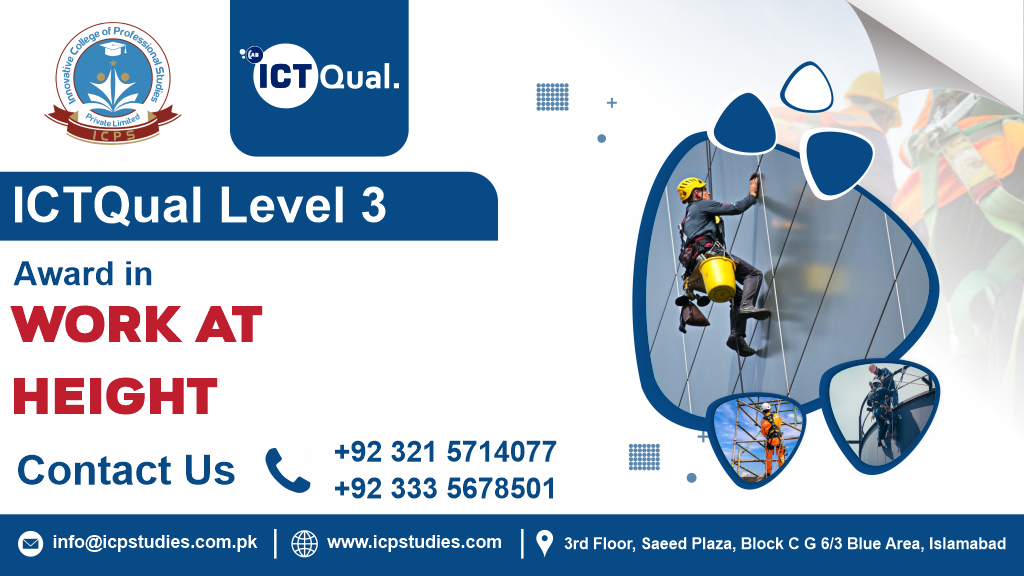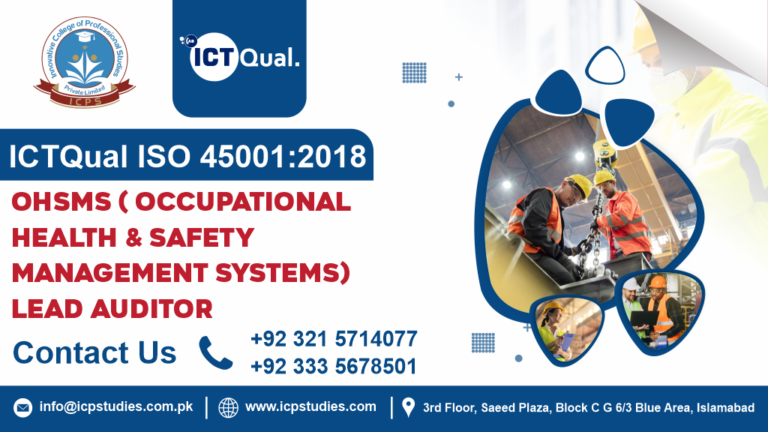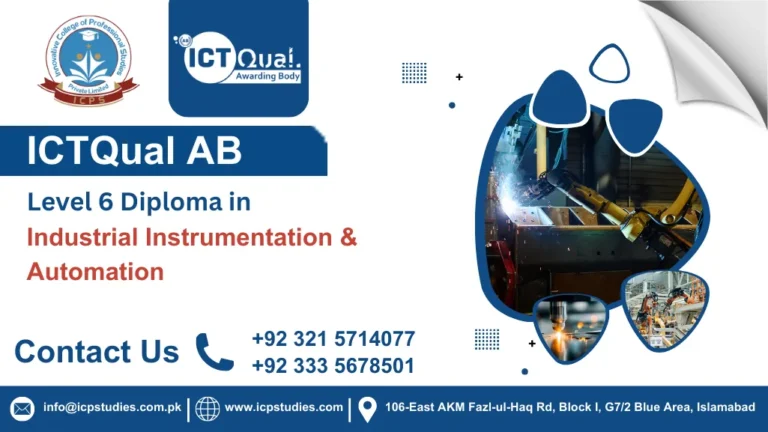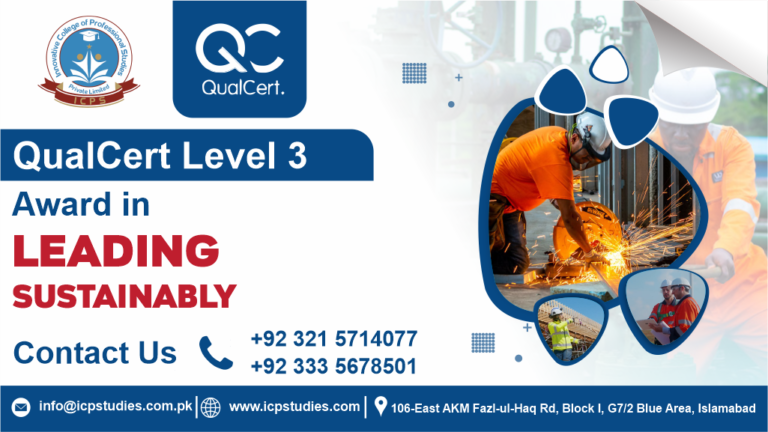In the dynamic world of workplace safety, few certifications hold as much significance as the Level 3 Award in Work at Height. Tailored for professionals who navigate elevated work environments, this certification equips individuals with critical skills and knowledge essential for ensuring safety and compliance in high-risk settings.
The Level 3 Award in Work at Height is a specialized training program designed to address the complexities and risks associated with working at heights. It focuses on equipping participants with comprehensive understanding and practical competence in executing tasks safely above ground level. This certification is crucial for industries where tasks such as construction, maintenance, installation, and inspection often require personnel to operate at elevated positions.
Level 3 Award in Work at Height signifies more than just achieving a certification—it signifies a dedication to mastering the art of safe and effective work at elevated positions. As industries evolve and safety standards continue to advance, the demand for skilled professionals adept at navigating work at height challenges grows. By embracing this certification, individuals and organizations alike contribute to safer work environments, fewer accidents, and a culture of proactive safety management.
All About ICTQual Level 3 Award in Work at Height
Course Overview
The Level 3 Award in Work at Height is a specialized certification designed to equip individuals with the knowledge, skills, and confidence to safely perform tasks at elevated positions. This qualification is particularly crucial for industries where work at height is common, such as construction, maintenance, telecommunications, and utilities.
Level 3 Award in Work at Height demonstrates a commitment to safety excellence and proficiency in navigating the challenges associated with elevated work environments. It equips individuals with the skills needed to mitigate risks, ensure compliance with regulations, and contribute to a culture of safety within their organizations. By investing in this certification, both individuals and employers prioritize safety, enhance operational efficiency, and safeguard the well-being of personnel working at height.
Study Units
- Understanding Work at Height
- Legislative and Regulatory Framework
- Risk Assessment and Hazard Control
- Selection and Use of Equipment
- Safe Working Practices
- Emergency Preparedness and Response
- Practical Application and Hands-On Training
To enroll in the ICTQual Level 3 Award in Work at Height, participants typically need to meet the following requirements:
- Age Requirement: Participants should be at least 18 years old.
- Basic Literacy and Numeracy: A good understanding of English, along with basic literacy and numeracy skills, is essential for completing the course.
- Physical Fitness: Participants should be physically fit, as the course includes practical work at height.
- Relevant Experience: Prior experience in working at height or in construction-related roles is beneficial.
- Knowledge of Safety Regulations: Familiarity with health and safety regulations related to working at height is advantageous.
- Course Registration: Participants must register for the course through an accredited training provider.
- Payment: Course fees must be paid as required by the training provider.
- Commitment to Attend: Participants should be prepared to attend the full duration of the course and complete any required assessments to receive certification.
The ICTQual Level 3 Award in Work at Height is designed for:
- Construction Workers: Individuals who regularly work at height in construction settings.
- Roofers: Professionals who perform roofing tasks that require working from ladders or scaffolding.
- Maintenance Personnel: Workers involved in maintenance activities that necessitate working at elevated levels.
- Window Cleaners: Individuals who clean windows in high-rise buildings or other elevated structures.
- Scaffolders: Those involved in erecting, maintaining, or dismantling scaffolding at height.
- Health and Safety Officers: Professionals responsible for ensuring safe practices and compliance with regulations related to working at height.
- Supervisors and Managers: Individuals overseeing teams that work at height, responsible for ensuring safety measures are followed.
This course equips participants with the necessary knowledge and skills to safely perform tasks at height, recognize hazards, and implement appropriate safety measures to prevent accidents and injuries.
Learning Outcome
Understanding Work at Height
- Learning Outcomes:
- Understand the definition of work at height and its relevance across various industries.
- Identify common scenarios where work at height is required.
- Recognize the potential hazards associated with working at height.
- Appreciate the importance of planning and preparation for tasks performed above ground level.
Legislative and Regulatory Framework
- Learning Outcomes:
- Identify and explain relevant health and safety legislation related to work at height, such as OSHA regulations.
- Understand employer and employee responsibilities under the law.
- Interpret industry-specific regulations and codes of practice.
- Apply legal requirements to ensure compliance and safe working practices.
Risk Assessment and Hazard Control
- Learning Outcomes:
- Conduct thorough risk assessments specific to work at height activities.
- Identify potential hazards and assess risks associated with falls, falling objects, unstable surfaces, and environmental factors.
- Implement appropriate control measures to mitigate identified risks effectively.
- Review and revise risk assessments as necessary to maintain safety standards.
Selection and Use of Equipment
- Learning Outcomes:
- Demonstrate knowledge of different types of equipment used for work at height, including personal protective equipment (PPE), harnesses, ladders, scaffolding, and access platforms.
- Evaluate equipment suitability for specific tasks and environments.
- Inspect and maintain equipment according to manufacturer guidelines and regulatory requirements.
- Safely use and operate equipment to minimize risks and ensure worker safety.
Safe Working Practices
- Learning Outcomes:
- Apply safe working practices and procedures specific to work at height scenarios.
- Demonstrate proper techniques for ascending, descending, and moving around elevated work areas.
- Secure tools, materials, and equipment to prevent falls and falling objects.
- Maintain stability and balance on elevated platforms or structures.
Emergency Preparedness and Response
- Learning Outcomes:
- Develop emergency plans and procedures tailored to work at height incidents.
- Implement effective communication strategies during emergencies.
- Execute evacuation procedures safely and efficiently.
- Apply rescue techniques and protocols to assist colleagues in distress at height.
Practical Application and Hands-On Training
- Learning Outcomes:
- Apply theoretical knowledge and principles learned in the classroom to practical work at height scenarios.
- Demonstrate competence in using equipment, conducting risk assessments, and implementing safe working practices.
- Participate in simulated exercises and scenarios to enhance skills in emergency response and hazard control.
- Receive feedback and guidance to improve proficiency and ensure readiness for real-world work at height situations.
FAQs about ICTQual Level 3 Award in Work at Height







